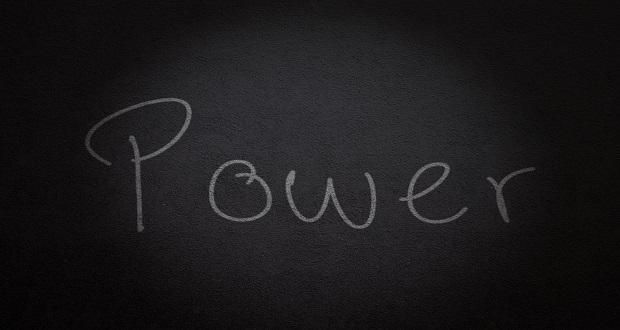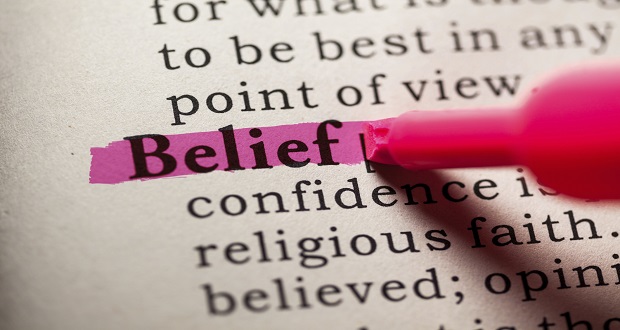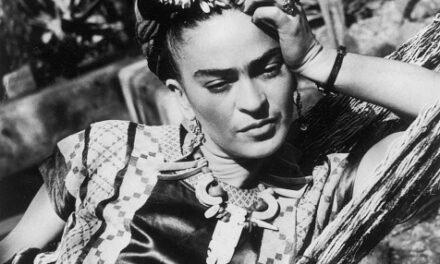
If you’ve spent much time at all with The Winters Group you’ve inevitably heard one of us repeat one of our favorite mantras of diversity and inclusion (D&I) work: that “diversity is the mix; and inclusion is making the mix work.” I love this phrase because it’s simple and underlies an often misunderstood aspect of the work we do. And if you’re familiar with the inherent complexity and difficulty of this work then you naturally latch onto any cleft along the way that brings clarity around our ultimate aim.
In short, the phrase is meant to point to the reality that in the acronym of “D&I”, diversity is the ever present reality of difference while inclusion is the ever present need to make differences work together in a harmonious way. Although the phrase is concise and simple, the “D” for diversity and the “I” for inclusion are anything but; in fact, they are both equally complex and multifaceted when you begin to unravel their constituent parts. But what I want to suggest in this post is that there is an equally important letter that is often missing in our summative acronym for our industry and work (D&I): namely, the letter “P” for power. This is evident literally in our abbreviation, but more importantly it is absent in the way D&I work is often thought of or worked out in organizational life. I should add that this seeming lack is not indicative of the industry as a whole. There are many consultants and organizations who are comparatively “loud” when it comes to issues of power especially in relation to social justice, white privilege, and social class. But something I’ve been challenged on lately is a wider, more holistic idea of the many ways that power affects all of organizational life—not just parts of it.
The idea of power is one of those words that is hard to define, but easy to describe when you’ve experienced it. There are literally thousands of years of philosophy dedicated to trying to explain where power comes from, how it manifests, and what to do about it. For simplicity sake, let’s say that power is the ability of a person or system to limit the freedom of others. It’s typically easier for us to imagine power between individuals; it’s much harder to see all of the smaller, embedded and systematic ways that power shapes organizational life in the everyday. The reason thinking about power is so important is because it is the life-blood of everything we do in D&I work. It runs through, above, below, and around both the realities of diversity and the strategies of inclusion. Take any category of diversity, whether gender, sexuality, race, age, or religion, and you’ll see that it exists in stark contrast to some other group that is the assumed norm or majority—that’s power! And in our attempts to defeat, delimit, and deal with diversity for more inclusion we also exercise personal and systematic uses of power to change our behaviors and our policies. And when we fail to deal with the inherent power of diversity, our neglect inevitably reinforces and contributes to organizations and relationships where power is left to its own devices. D&I work is about power through and through.
So if power is so central to D&I work, why do we often hear so little about it? One reason is because power is often thought of as an inherently negative thing that a single person possesses to inflict harm on someone else. But another reason is that power is more often fluid, invisible and difficult to pin down. Not to mention this overly “dark” view of power ignores all of the positive ways that power operates. In the same way a leader can use their power to bully another employee, leaders can use their power to advocate and eradicate bullying in the workplace. Systemically, unfair hiring practices can work invisibly to continuously select a certain demographic over others as much as more inclusive hiring policies can work to create and empower a more diverse workforce.
Lastly, I’m convinced that power is essential to the work we do because it is increasingly the ingredient that is easily downplayed, softened or ignored in light of “easier” and more manageable D&I goals. You see this with organizations who are eager to discuss diversity of thought and personality, and squeamish or dismissive on race and gender where the role of power is much easier to see. Of course, introverts can be ostracized and overlooked in the workplace. But this pales in comparison to the long history—and present reality–of racial and gendered discrimination at work. The difference is around the degrees of power between diverse groups, not just a shift of focus on different—and neutral—diverse categories.
I want to be clear that recognizing and dealing with power is no small task; and given the potentially divisive nature of power, organizations should deal with issues of power with care and sensitivity. Not everyone will be ready to recognize the role that power plays in shaping relationships, especially if they haven’t done the work of recognizing the roles of differences in the first place. Furthermore, addressing systemic power on an organizational level takes deep thinking about how policies and procedures operate to both limit and liberate employees. This kind of complex thinking around power takes time and strategizing. It doesn’t happen overnight. So I’m not advocating for a new acronym for our work. I think “D&I” has a nice ring to it. I’m just challenging you to think about the silent “P” for power.


















